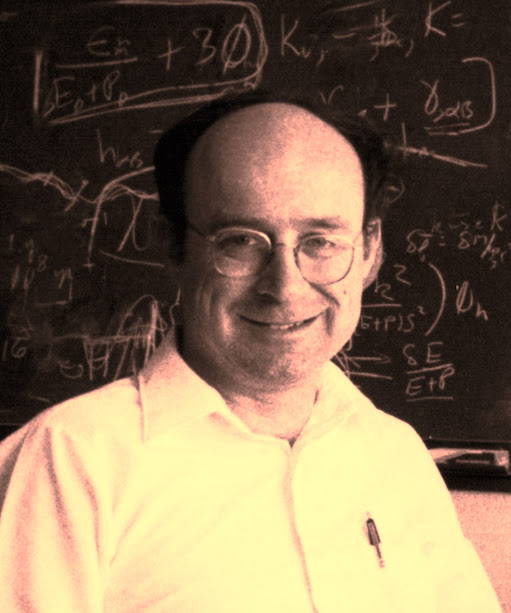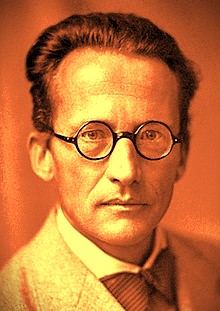Nobel Prize 2025 in Physics
The Royal Swedish Academy of Sciences has decided to award the Nobel Prize in Physics 2025 to John Clarke University of California, Berkeley, USA Michel H. Devoret Yale University, New Haven, CT and University of California, Santa Barbara, USA John M. Martinis University of California, Santa Barbara, USA “for the discovery of macroscopic quantum mechanical tunnelling and energy quantisation in an electric circuit” Their experiments on a chip revealed quantum physics in action More info. Nobelprize.org


.jpg)




